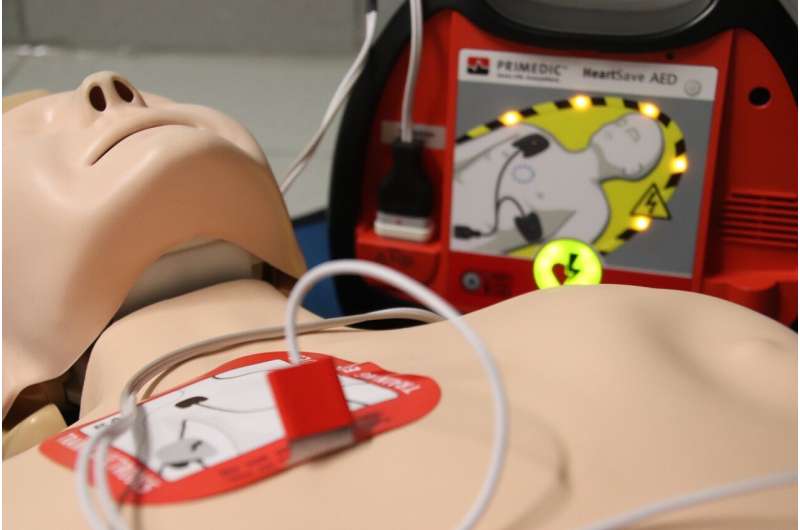Innovative Large Language Model Enhances Patient Understanding of Radiology Reports

Stanford's RadGPT is a new AI-powered tool designed to simplify radiology reports, helping patients understand their scan results and improve communication with healthcare providers. Published in the Journal of the American College of Radiology, this system promises to make medical information more accessible and patient-friendly.
In a significant advancement for medical communication, Stanford University researchers have developed a groundbreaking large language model named RadGPT aimed at helping patients better comprehend their radiology test results. Often, medical reports like MRI and CT scan interpretations contain complex terminology that can be difficult for individuals without medical training to understand. For example, a diagnosis such as "mild intrasubstance degeneration of the posterior horn of the medial meniscus" may not be meaningful to most patients.
RadGPT addresses this challenge by extracting key concepts from radiologist reports and translating them into clear, patient-friendly explanations. This enables individuals to grasp what their imaging results mean and to formulate relevant questions for their healthcare providers. The model can also suggest follow-up questions to facilitate more engaging and informed discussions.
The research, published in the Journal of the American College of Radiology, involved developers using 30 sample radiology reports to train the system by extracting five core concepts from each report. Human radiologists reviewed the explanations to ensure safety and accuracy, confirming that RadGPT produces reliable information without hallucinations or harmful content.
While RadGPT currently depends on radiologists creating reports, the model's potential to empower patients is substantial, especially since US patients have had legal access to their electronic health records, including radiology reports, since 2021. Dr. Curtis Langlotz, Stanford professor and senior author, emphasizes that this technology may not only improve patient understanding but also enhance communication between healthcare professionals and patients.
Despite its promising capabilities, RadGPT is still in early stages and requires further validation in clinical settings. It operates by interpreting structured radiology reports rather than raw scan images and is designed as a supplementary educational tool rather than a diagnostic system.
The aim is to reduce cognitive overload for radiologists, who often experience high levels of mental workload, and to foster more active patient engagement in their health. With ongoing advancements, RadGPT and similar AI models could transform the way medical information is communicated, making healthcare more accessible and patient-centered.
Stay Updated with Mia's Feed
Get the latest health & wellness insights delivered straight to your inbox.
Related Articles
Decline in Cardiac Arrest Survival Rates During Early COVID-19 Years
A recent study reveals that COVID-19’s early years led to decreased survival rates for out-of-hospital cardiac arrests, with notable racial and ethnic disparities persisting through 2022. Learn about the impact and ongoing challenges.
Enterovirus D68 Linked to Severe Respiratory Illness in Children Without Asthma
Studies show Enterovirus D68 can cause severe respiratory illness in children without pre-existing conditions like asthma, with higher risks in those with nonasthma comorbidities. Enhanced surveillance is essential during outbreaks.
Innovative Breastfeeding Device Provides Real-Time Milk Intake Monitoring for New Mothers
A novel wearable device developed by Northwestern University offers real-time, clinical-grade monitoring of breast milk intake, improving breastfeeding support for new mothers and infants, especially in NICUs.
How the Brain Differentiates Between Ambiguous Hypotheses During Navigation
MIT researchers have identified neural activity patterns in the retrosplenial cortex that represent multiple hypotheses during navigation, shedding light on how the brain resolves ambiguity in complex environments.



